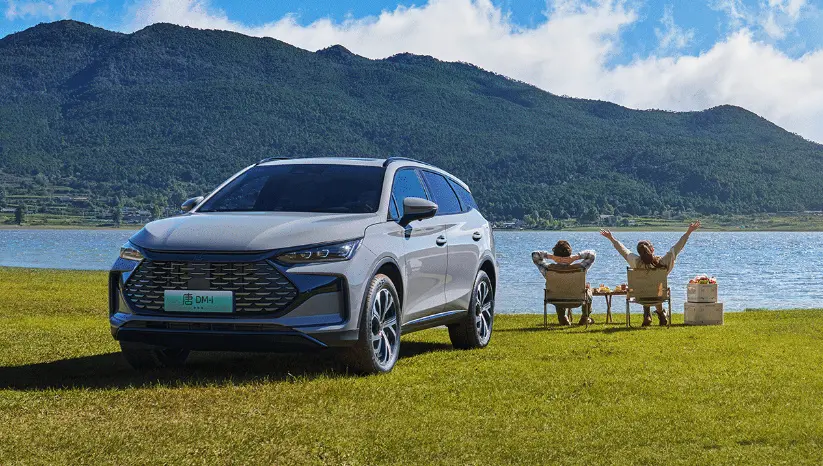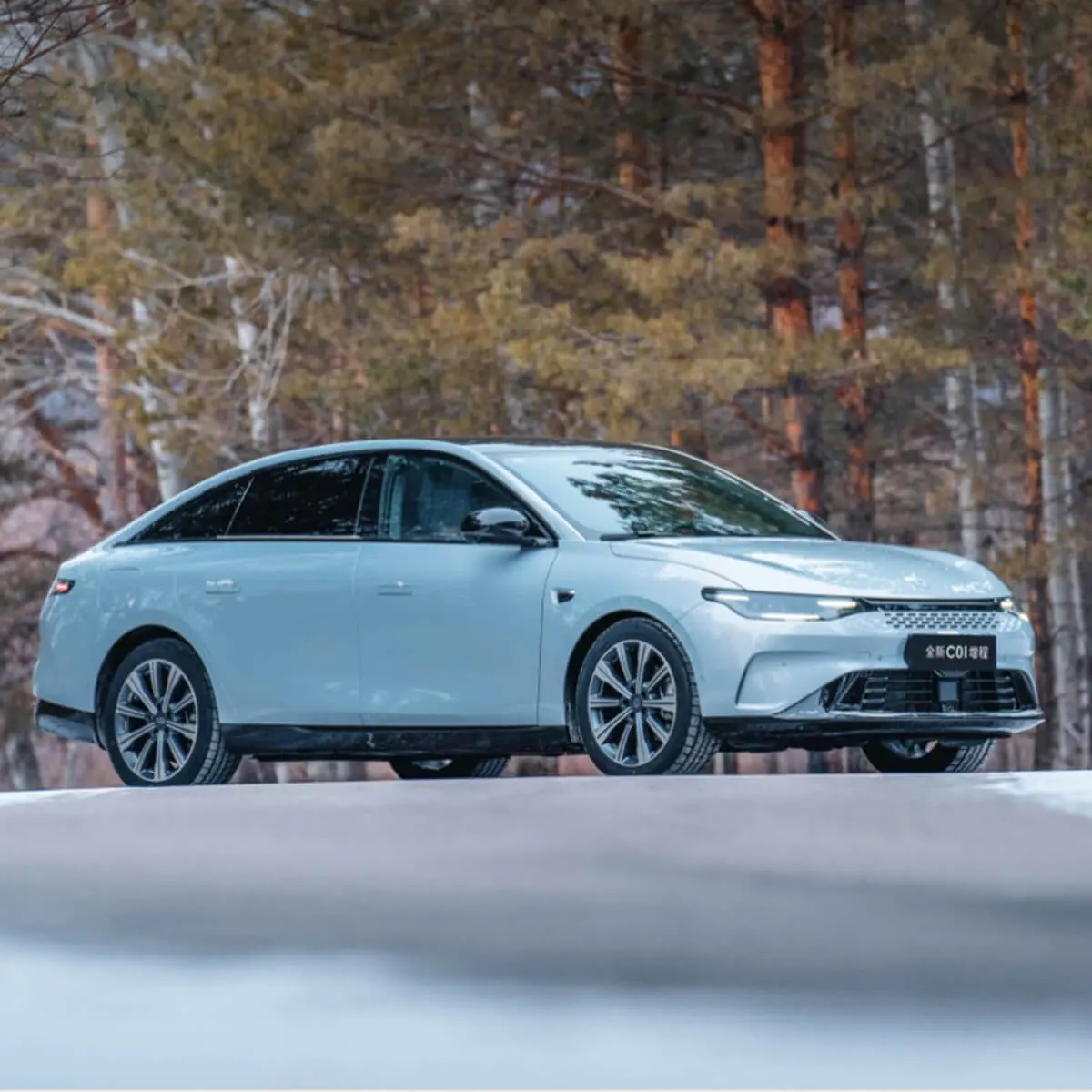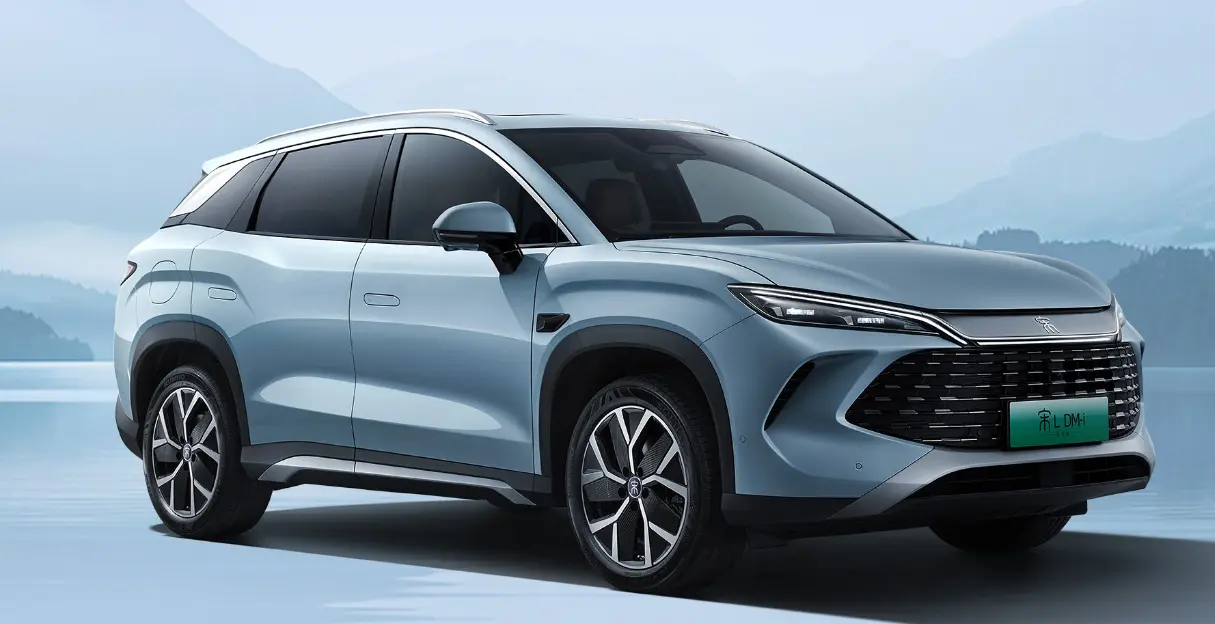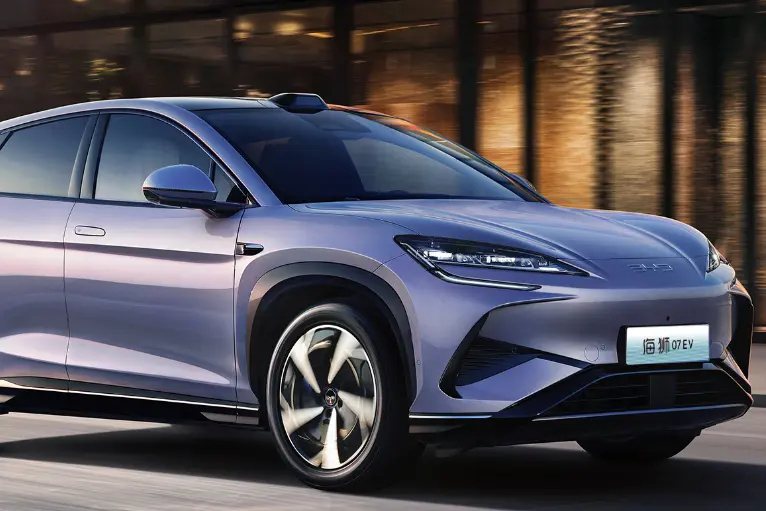New Energy Vehicles + Intelligent Driving: Triple Upgrades in Safety, Energy Efficiency, and Experience
Enhancing driving safety
|
Through multi-sensor fusion perception (such as LiDAR and cameras), intelligent driving can monitor road conditions in real time (e.g., pedestrians, obstacles, lane lines). Its response speed is far faster than that of humans (about 0.1 second vs. 1-2 seconds for humans), which can significantly reduce the risk of accidents caused by human operational errors (such as distraction and fatigue). |
 |
Optimizing energy utilization efficiency
The intelligent driving system can precisely control vehicle speed, braking and energy recovery. For example, it automatically adjusts the following distance according to road conditions and avoids sudden acceleration and deceleration. Compared with human driving, it can reduce energy consumption by 5%-15%, indirectly increasing the driving range of NEVs.
Upgrading the driving and riding experience
| Activating functions such as adaptive cruise control and lane keeping in congested road sections can free the driver's feet and part of their attention. High-level intelligent driving (e.g., Highway NOA) can also automatically complete lane changes, overtaking, and on/off-ramp maneuvers, making long-distance driving easier and aligning with the "technological and intelligent" product positioning of NEVs.https://www.supplychainauto.com/ |















